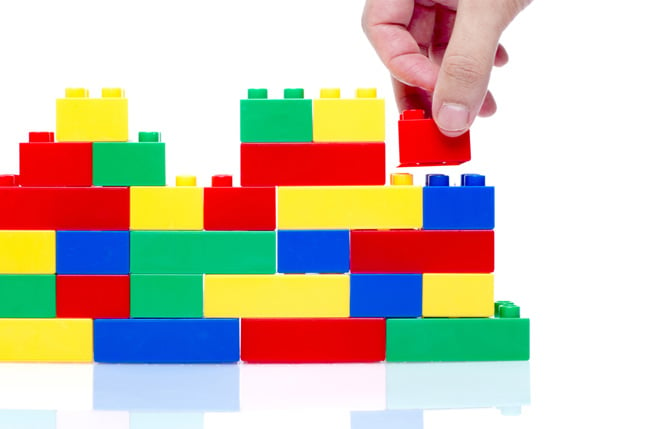
""We augment each shape with multiple structural variations by randomizing the brick layout while preserving the overall shape," the team explained."
"Researcher Ava Pun told The Register: "We're dreaming of a future where making stuff becomes super personal! Imagine you just type what you want or show us a picture of a chair, and boom - we could actually make that product and ship it to you in just a week or two.""
LegoGPT, developed by Carnegie Mellon University researchers, translates text prompts into physically stable Lego designs. While it operates with a limited set of eight brick types within a 20x20x20 grid, it effectively creates models that can be built. The process begins with generating a 3D mesh from the user's prompt, followed by voxelization and structural optimization to ensure stability. Researchers envision a future where such generative technologies can create personalized products based on user input, while addressing the challenges of real-world assembly and stability.
Read at Theregister
Unable to calculate read time
Collection
[
|
...
]